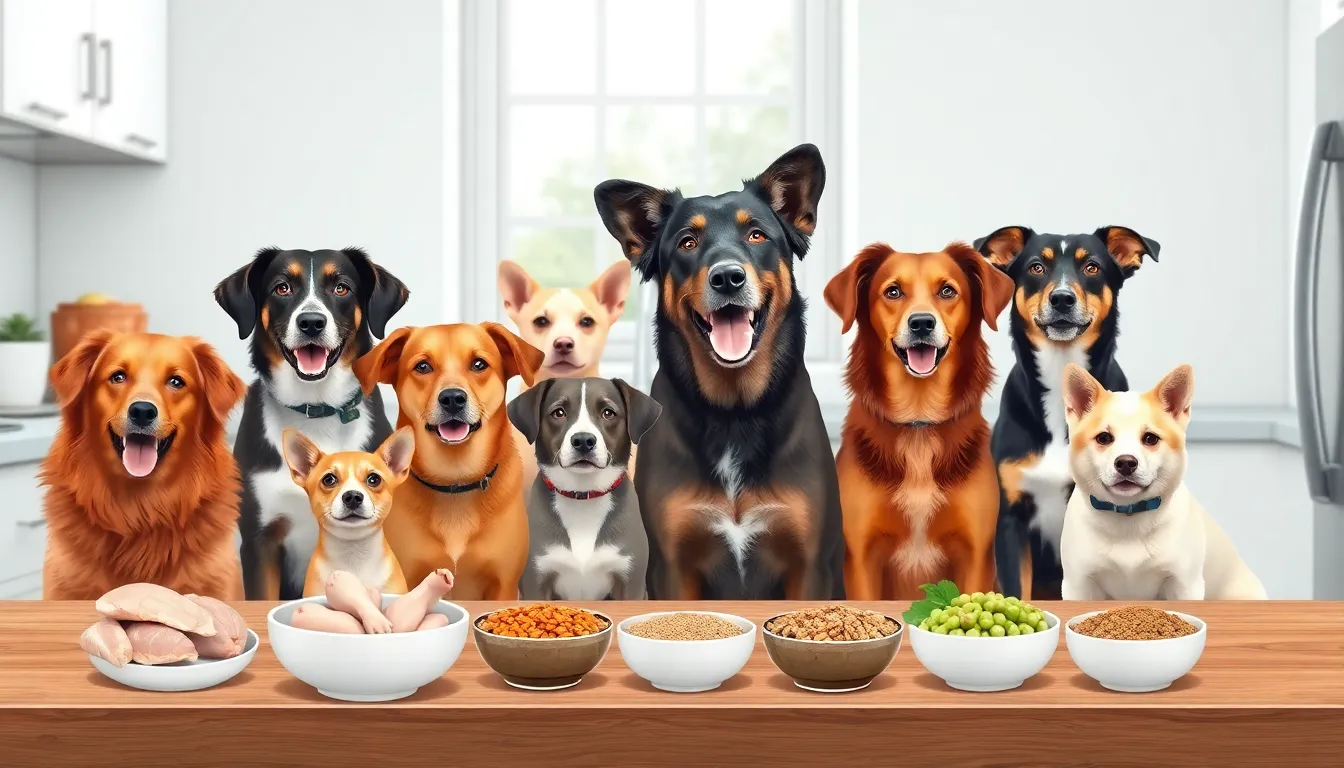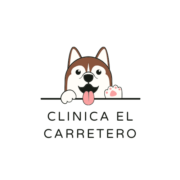In a world where pets are practically family members, their nutrition deserves some serious attention. American pet nutrition has evolved from basic kibble to gourmet meals that would make even the pickiest eater wag their tail in approval. With so many options available, it’s no wonder pet parents are turning into mini nutritionists, scrutinizing labels like they’re preparing for a food science exam.
But let’s be honest—navigating the pet food aisle can feel like a game of roulette. Do they need grain-free? Raw? Organic? It’s enough to make anyone question their sanity. Fear not! Discovering the right nutrition for furry friends doesn’t have to be a daunting task. With a little guidance, pet owners can ensure their companions not only thrive but also enjoy every bite. After all, a well-fed pet is a happy pet, and who doesn’t want their four-legged friend to strut around like they own the place?
American Pet Nutrition
American pet nutrition has transformed significantly over the years. The shift from basic kibble to gourmet meals reflects evolving consumer preferences. Nutritional choices now encompass various diets, including grain-free, raw, and organic options. This diversity often leads to confusion for pet owners who struggle to choose the most suitable food.
Understanding nutritional labels remains essential for pet owners. Each label presents critical information about ingredients, guaranteed analysis, and feeding guidelines. Ingredients must meet specific quality standards set by the Association of American Feed Control Officials (AAFCO), ensuring safety and nutritional adequacy.
Many pet owners increasingly prioritize specific dietary needs, such as allergies or sensitivities. Some may opt for protein-rich diets to support active lifestyles. Others focus on weight management, seeking low-calorie options to prevent obesity. Unquestionably, nutritional needs vary by age, breed, and health conditions.
Research shows that balanced nutrition impacts pets’ overall health. Benefits include improved coat condition, energy levels, and longevity. Veterinary professionals often advise regular consultations to assess pets’ specific dietary requirements. This guidance helps pet owners tailor nutrition to suit their animal’s unique situation.
Additionally, the trend towards natural ingredients gains traction among consumers. Pet food brands respond by creating recipes with whole proteins, fruits, and vegetables. Transparency in sourcing and production processes becomes increasingly important as owners seek high-quality food. By prioritizing nutritional education, pet owners can foster healthier lifestyles for their pets.
Key Ingredients in Pet Food

Understanding key ingredients in pet food helps pet owners make informed choices. Quality and nutrition heavily rely on specific components.
Protein Sources
Protein sources form the cornerstone of a pet’s diet. Animal-based proteins, such as chicken, beef, or fish, provide essential amino acids. Plant-based options, including peas and lentils, also serve as alternative protein sources. It’s crucial to choose high-quality protein to support muscle development and overall health. Many brands emphasize whole proteins over by-products, ensuring a nutritious foundation. Pet food labels often highlight these sources, offering guidance based on dietary needs.
Carbohydrates and Fats
Carbohydrates and fats contribute significant energy to pet diets. Whole grains like brown rice and oats deliver digestible energy and fiber. Fruits and vegetables also add essential vitamins and minerals, promoting immune health. Healthy fats, found in fish oil and flaxseed, support skin and coat condition. A balanced ratio of carbohydrates and fats improves digestion and sustains energy levels. Each ingredient has a role in achieving overall pet wellness, encouraging a balanced and active lifestyle.
Nutritional Guidelines for Pets
Understanding a pet’s nutritional needs directly influences its health. Awareness of dietary specifics contributes to better food choices for pets.
Dietary Needs for Dogs
Dogs require balanced diets that include proteins, fats, and carbohydrates. Protein sources like chicken, beef, and fish build muscle and support overall health. Whole grains, fruits, and vegetables supply essential energy while offering vitamins and minerals. Healthy fats, such as omega-3 fatty acids, enhance skin and coat condition. Ingredients should align with age, breed, and specific health conditions. Puppies need more protein and calories due to their growth; seniors may require fewer calories to prevent obesity. Regular consultations with veterinary professionals help tailor these nutritional needs accurately.
Dietary Needs for Cats
Cats thrive on diets rich in animal-based proteins. Essential amino acids like taurine, found in meat, support various bodily functions. While cats can digest some carbohydrates, their primary source of energy should be protein. Fats also contribute to energy and support a shiny coat. Hydration plays a crucial role, as cats often do not drink enough water. A diet containing wet food can encourage water intake. Each cat’s dietary requirements vary based on age, health, and lifestyle, making veterinary guidance vital for optimizing nutrition.
Trends in American Pet Nutrition
Recent trends in pet nutrition reflect a growing awareness among pet owners about dietary choices. Grain-free diets have surged, driven by owners seeking to address potential food sensitivities in their pets. Research indicates that some pets may benefit from this approach, particularly those with allergies to grains like wheat or corn. Many brands now offer high-quality, grain-free options featuring alternative ingredients, such as sweet potatoes and chickpeas, which provide essential nutrients. Pet owners often prioritize these diets to improve digestion and overall well-being for their furry companions.
Organic and natural pet foods continue to gain popularity among discerning pet owners. Consumers increasingly seek products made with high-quality, sustainably sourced ingredients. The appeal lies not only in the perceived health benefits but also in the transparency of labeling. A significant number of pet food companies now prioritize organic standards, ensuring no artificial preservatives or fillers are included. Ingredients such as free-range meats and fresh produce feature prominently in these formulations, appealing to health-conscious consumers. Owners often perceive organic diets as a way to support their pets’ long-term health while promoting ethical and environmentally friendly practices.
Conclusion
Navigating the world of American pet nutrition can be daunting for many pet owners. With the rise of diverse dietary options and trends, it’s crucial to stay informed about what truly benefits pets. Prioritizing balanced nutrition tailored to individual needs can lead to significant improvements in health and well-being. Regular consultations with veterinarians ensure that pets receive the right dietary guidance and adjustments as they age or face health challenges. By making educated choices, pet owners can foster happier, healthier lives for their furry companions, ultimately enhancing the bond they share.

